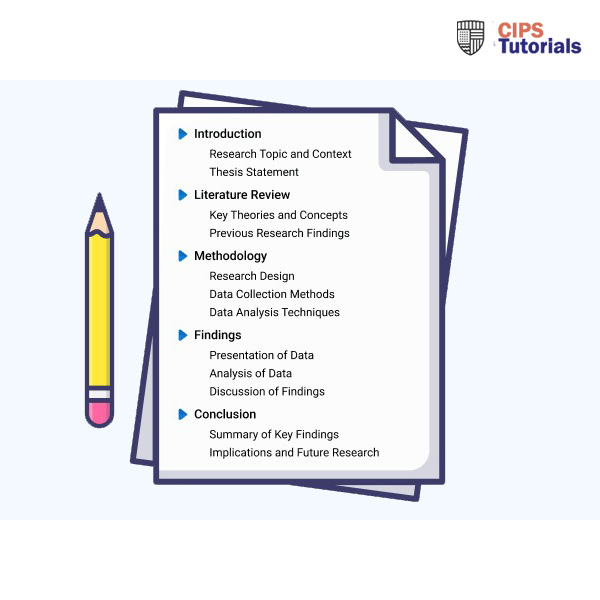-50%
Description
Related Papers
(Solution) CIPS Oman LNG LLC Advanced Practitioner Corporate Award- APCM
- In summary, this report has established a category plan by focusing on facilities management in Oman LNG organisation.
- A summary of the category plan has been noted as appropriate to develop appropriate category guided by goals and objectives of an organisation, maximising value, mitigating risks, goods and services supply managed appropriately. In this case, the category plan is in tandem with retailers and business portfolio to pursue their client’s needs.
- The data and information has been obtained by using techniques which include Kraljic matrix, SWOT analysis, STEEPLE analysis, Porter’s 5 Forces analysis and industrial lifecycle and more have been adopted for internal and external aspects essential for prioritisation.
- This is for effective risks and management issues.
- The category plan prioritise on areas of communication, support system and managing entire risks by establishing effective category management.
(Solution) 5C003 Appraise what it means to be a people professional. (AC 1.1)
(Solution) CIPD AC 2.2: The legal requirements of equal pay
Assessment ID / CIPD_5OS06_23_01 5OS06 Leadership and management development
(Solution) CIPS ROSHN Commercial Negotiation Plan-PIN
- This was established after the post-negotiation review which brought out fundamental lessons about the supplier and our company’s negotiation pattern.
- As for certain important aspects, we indeed secured favourable financing conditions; yet, problems arose in attempting to synchronize delivery schedules since such conditions are affected by external supply chain factors.
- The supplier had the better BATNA and acted in a cooperative but very assertive way, and elaborated why the correct approach to negotiations is more equal.
- Further, the experience showed how flexible one has to be, how innovative, and how it pays to be more interested in long-term partnership rather than quick profit. Therefore, it will be useful in the future to improve the techniques of negotiation, improve the knowledge about the actions of suppliers, and improve intercompany and supplier cooperation.
- This will ensure that in future procurement negotiations; better outcomes are achieved.
- ROSHN should ensure that all negotiations within the next 6 months include specific metrics for delivery timelines, quality standards, and service levels, aiming for a 90% satisfaction rate in supplier compliance with these criteria. This approach will help secure more balanced and sustainable agreements.
- Over the next 12 months, ROSHN should develop a supplier relationship management program with bi-annual assessments to track and improve partnership quality. Target at least a 15% increase in supplier engagement scores by the end of the year to gain favorable bargaining positions during market downturns.
- Within 1 month of each major negotiation, conduct debriefing sessions to analyze performance, identify strengths, and address weaknesses. The goal is to improve negotiation effectiveness by at least 10% in the subsequent quarter through targeted adjustments based on these evaluations.
- Within the next 4 months, involve at least 80% of key stakeholders in sourcing strategy meetings to ensure alignment and gather input on critical decisions. This engagement aims to reduce misalignment issues by 20% within the year, resulting in smoother implementation of sourcing strategies.

